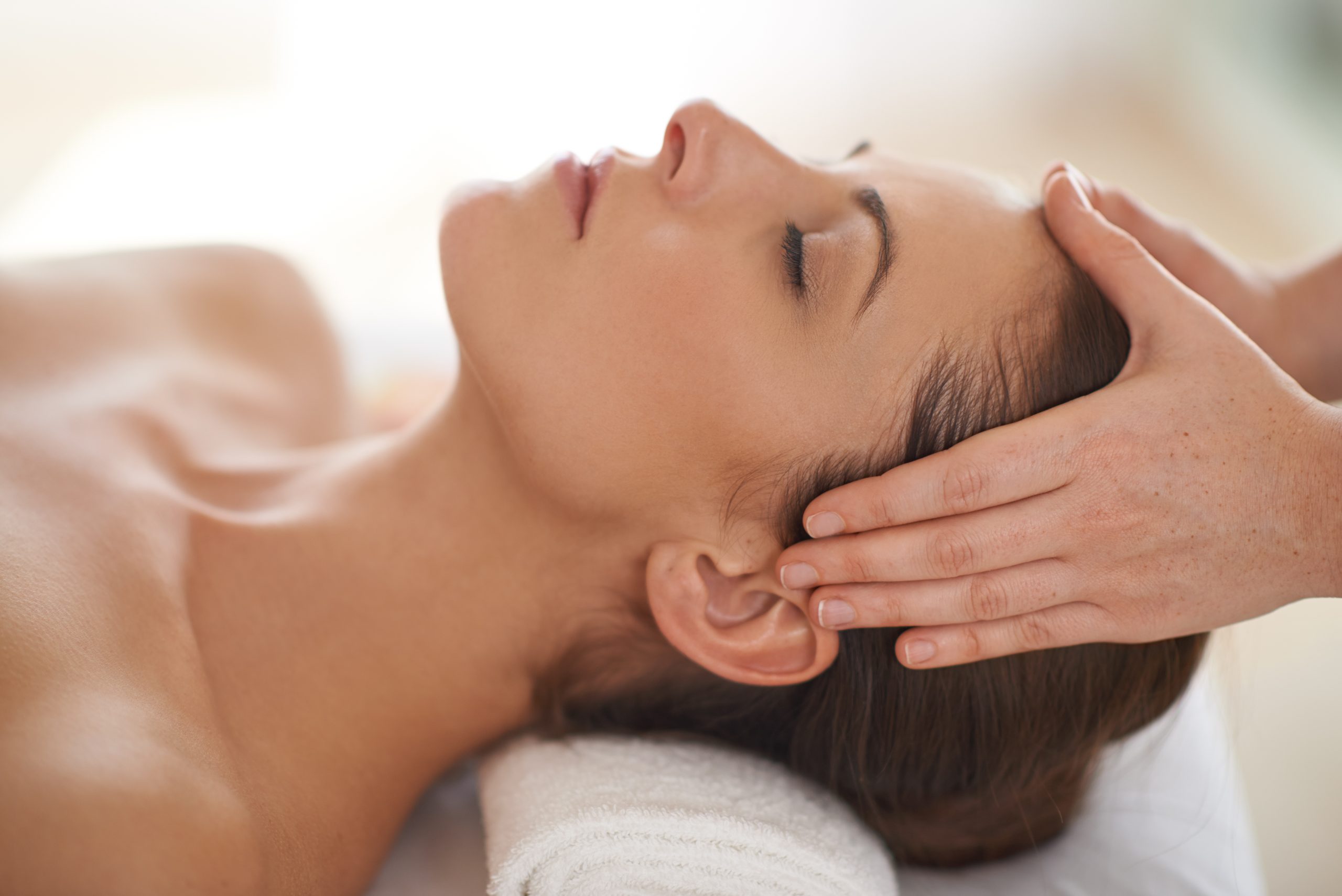
The worlds of complementary and alternative medicine often introduce us to terms that sound similar but represent distinct modalities. Such is the case with acupressure vs. acupuncture. Both therapies have their roots in Traditional Chinese Medicine (TCM) and revolve around the concept of life energy or Qi. However, the techniques, practices, and applications differ. Let us break down the differences and delve into the unique attributes of each.
Origins and Philosophies
Acupuncture:
Originating thousands of years ago, acupuncture is a key component of TCM. It focuses on the balance and flow of Qi, the life force energy, through pathways in the body called meridians. Imbalances or blockages in Qi are believed to lead to illness or discomfort. Acupuncture involves the insertion of thin needles at specific points along these meridians to restore balance and promote healing.
Acupressure:
Acupressure, similar in philosophy, does not rely on needles. Instead, it uses manual pressure, often delivered with fingers, hands, or sometimes devices, on the same meridian points targeted in acupuncture. The aim is to stimulate these points, encourage the flow of Qi, and bring about relief or therapeutic benefits.
Techniques and Practices
While both therapies aim to stimulate specific points on the body, their techniques are markedly different:
Acupuncture:
- Utilizes thin, sterile needles.
- Requires professional training for accurate needle placement.
- Involves insertion depths that vary depending on the area being treated.
- Can sometimes be combined with electrical stimulation or heat.
Acupressure:
- Uses fingers, palms, elbows, or devices to apply pressure.
- Can often be self-administered once the individual learns the key points.
- Focuses on massaging or pressing the points rather than penetrating the skin.
- Often integrated into other therapies, like acupressure and massage, to provide comprehensive relief.
Benefits and Applications
The potential benefits of acupuncture and acupressure vary slightly due to their techniques:
Acupuncture:
- Widely recognized for pain relief, especially chronic conditions like migraines, back pain, and osteoarthritis.
- Used for a range of issues including insomnia, anxiety, digestive problems, and more.
- Supported by numerous studies, especially in pain management.
Acupressure:
- Commonly utilized for stress relief, headache relief, and relaxation.
- Helpful in combating nausea, especially in cases like morning sickness or post-operative nausea.
- Can be self-administered, offering flexibility for individuals to manage symptoms on their own.
Risks and Considerations
When comparing acupuncture vs. acupressure, the potential risks or side effects also vary:
Acupuncture:
- Possible side effects include bruising, soreness, or bleeding at the needle site.
- Rare risks involve infection (if non-sterile needles are used) or needle breakage.
- Always seek treatment from trained and licensed professionals.
Acupressure:
- May lead to bruising if too much pressure is applied.
- Some might feel temporary soreness at the pressure points.
- Overstimulation of a point might exacerbate symptoms, especially if self-administered without proper knowledge.
Making Your Choice
Choosing between acupressure and acupuncture often depends on personal preferences and specific health needs. If the idea of needles makes you uncomfortable, acupressure might be the more appealing option. However, for conditions where acupuncture has shown pronounced benefits, it might be worth considering.
Regardless of your choice, always consult with trained professionals. Discuss your health concerns, past medical history, and any other relevant information. This will ensure that you receive a tailored approach, maximizing the benefits of the therapy chosen.
Both acupressure and acupuncture offer unique pathways to health and well-being. Understanding the differences between the two can help individuals make informed decisions, aligning with their comfort levels and therapeutic needs. While their origins and foundational philosophies might overlap, their techniques, applications, and benefits distinguish them in the world of alternative therapies. Whether you lean towards acupuncture, acupressure, or even other modalities like dry needling, the key is to find what resonates with your health journey and personal preferences.